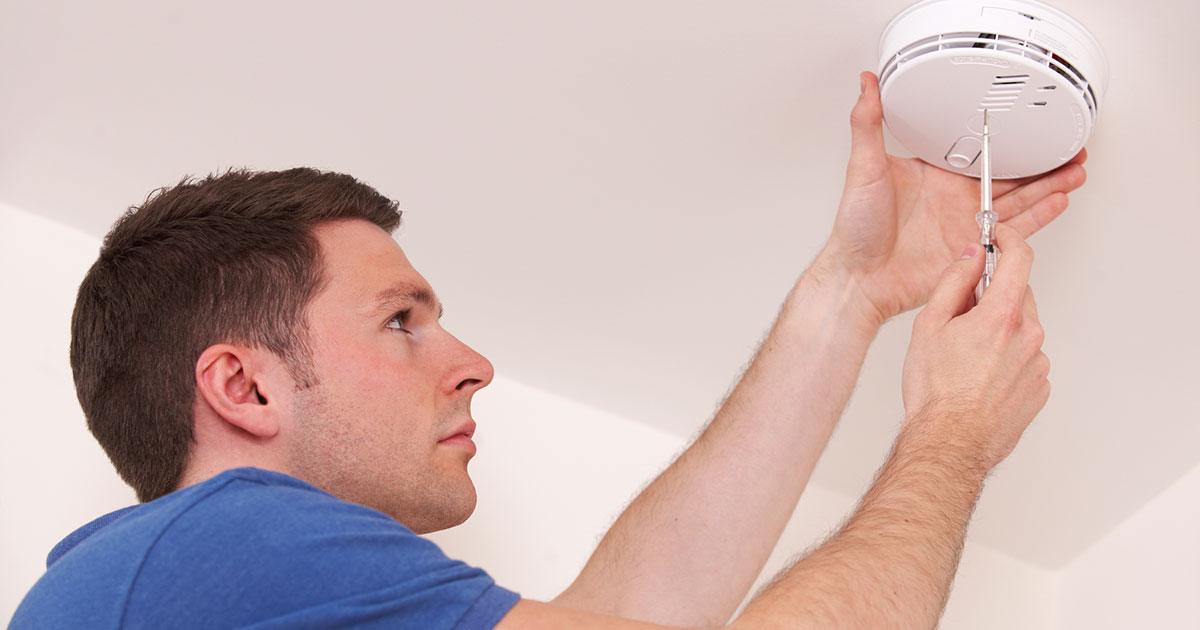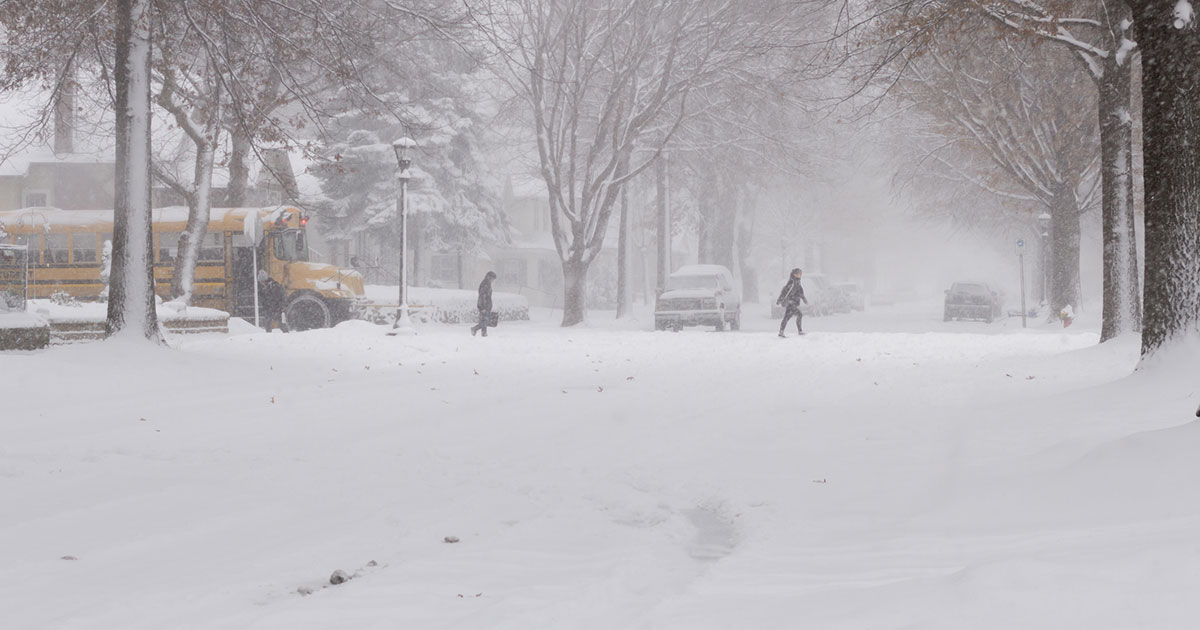Everything To Know About Winter Health Issues And How To Easily Avoid Them
Carbon Monoxide Poisoning In The Winter

Carbon monoxide is a poisonous gas with no color, taste, or odor. Carbon monoxide is emitted from common appliances such as vehicles, gas furnaces, charcoal grills, propane stoves, and portable generators. Most poisonings happen between December and January due to indoor appliances and faulty carbon monoxide detectors. The Centers for Disease Control and Prevention (CDC) reports the poison kills at least 439 patients and sends fifteen-thousand Americans to the hospital each year. Symptoms of carbon monoxide poisoning include a headache, dizziness, lightheadedness, and nausea.
Seasonal Affective Disorder (SAD)

Seasonal Affective Disorder (SAD) occurs during the same season of each year and affects over 500,000 people annually. SAD is sometimes referred to as winter or seasonal depression and is most common during the winter. Symptoms of SAD include feeling sad, upset, moody, or anxious, weight gain, lack of concentration, loss of interest, and sleeping more yet feeling tired.
Experts have not been able to pinpoint the exact cause for SAD, but it has been speculated a lack of sunlight plays a significant part. Light therapy, also known as phototherapy, can be used to help treat SAD patients. Patients sit in front of a lamp that emits up to 10,000 lux of fluorescent light for half an hour each day. Researchers believe the light helps their brain increase production of serotonin.
